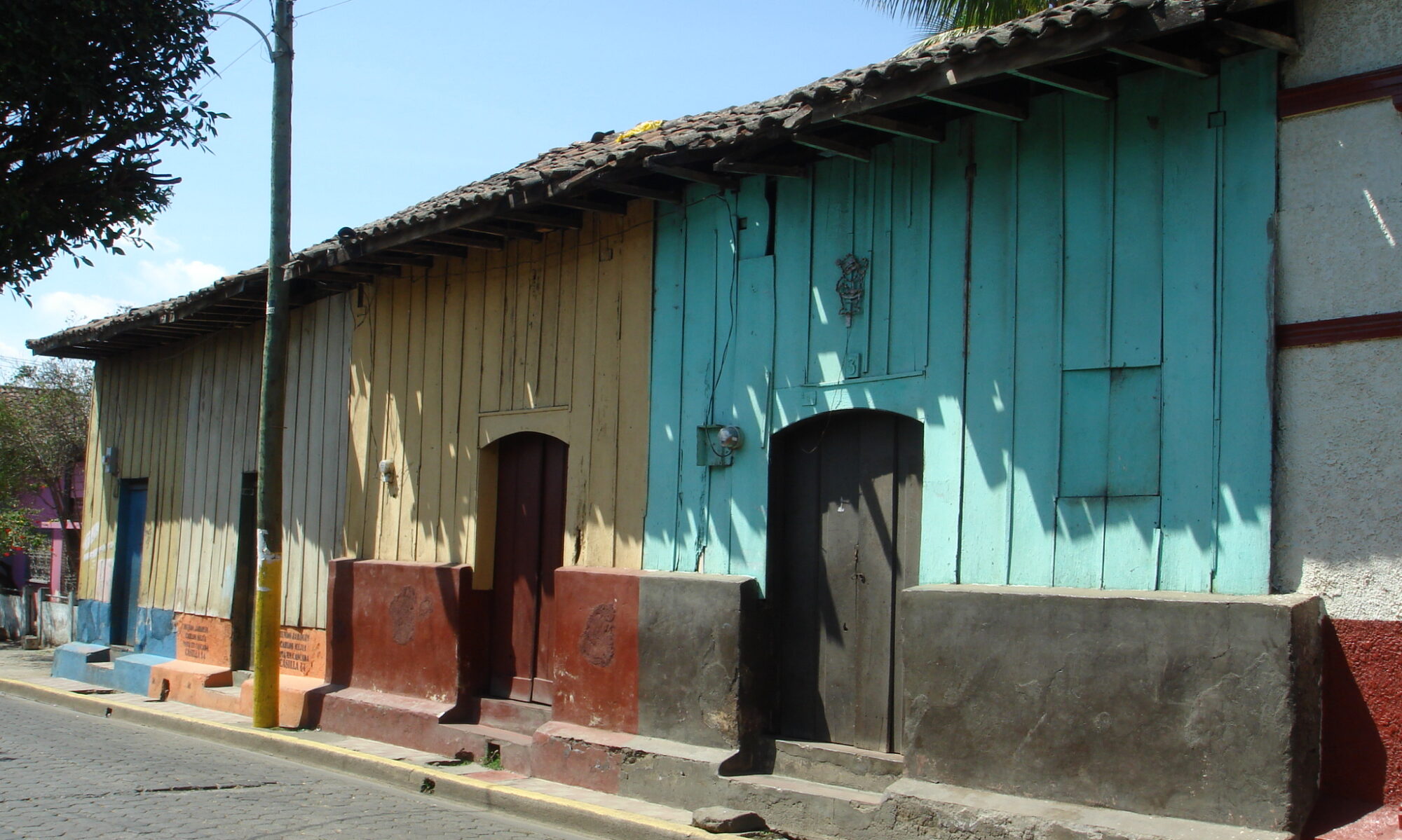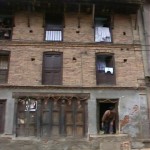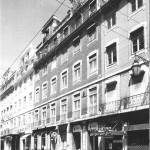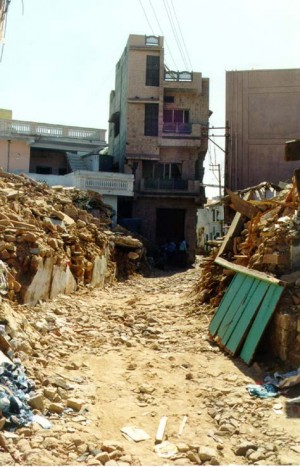by Dina D’Ayala, Samanta S. R. Bajracharya
The traditional newari house is usually of rectangular plan shape and developed over three storeys. The depth of the plan is usually about six metres with façades of various widths but most commonly between 4 to 8 metres (see also Korn 1976, and NSET-Nepal 2000). The organisation of the house is usually vertical, over 3 storeys, with a spine wall running through the height, creating front and back rooms. At the upper storey the spine wall is sometimes replaced by a timber frame system so as to create a larger continuous space. The staircase is usually a single flight to one side of the plan. The typical interstorey height is quite modest, between 2.20 and 2.50 m., including the floor structure. The bathroom, where present, is found at ground floor, while the kitchen is on the top floor, usually directly under the roof. The first floor is traditionally used as bedrooms, while the second floor is used as living room and for visitors’ reception. There are essentially two types of clusters of houses, either in long arrays, or around a court or chauk . In some cases the two types of clusters are adjacent with some units in common. In the arrays each house has front and back façade free. The construction of each unit is usually independent so that the facades are not continuum over party walls but each unit forms a separate cell. In such cases connection between façades and sidewalls are usually very good. The most interesting characteristic of these buildings both from an architectural and seismic point of view is the presence of the timber frame. Usually at ground floor, on the facade, to provide an open space for workshops or shops. It is also found internally at the upper storeys. In some cases the masonry only forms the outer shell while the internal structure is all made of timber elements. In the better built example of this typology there are a number of construction details, usually made of timber, which, coupled with the brick masonry walls, substantially improve the seismic performance of the overall structure. These features are best preserved in older examples. Currently these buildings are substantially being altered by use of western materials and technology, typically adding concrete frames as upper storeys. This type of intervention highly increases the vulnerability of the existing buildings.











